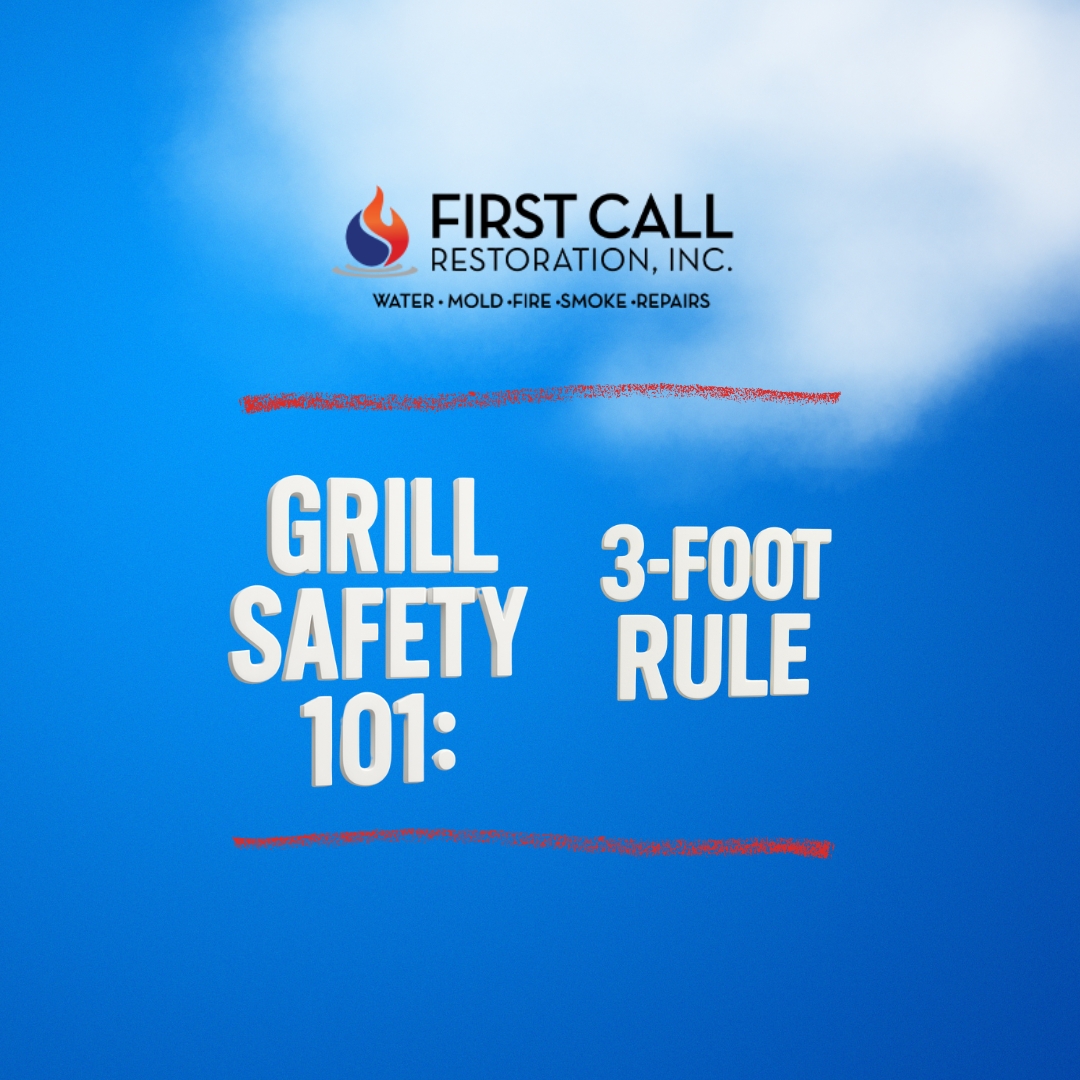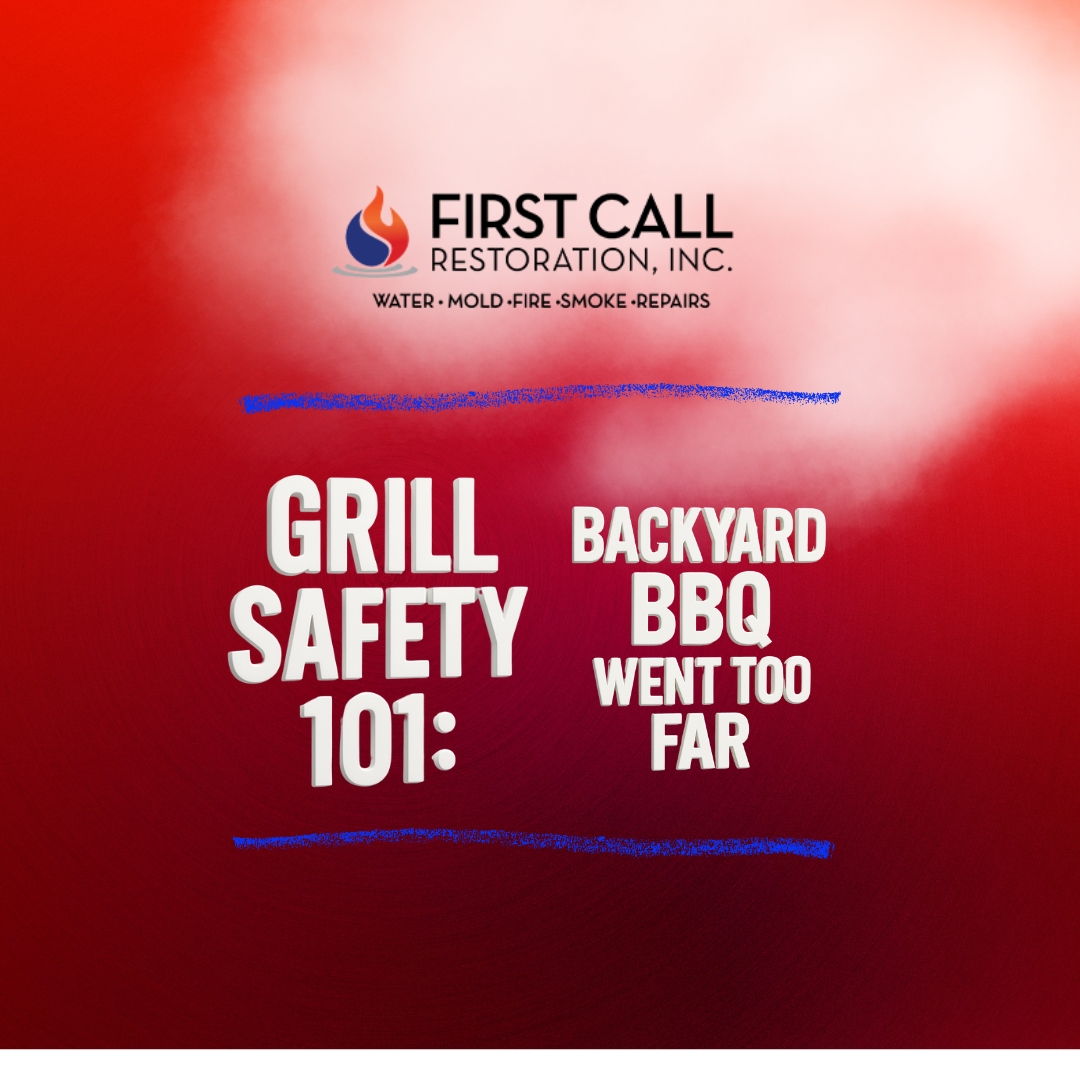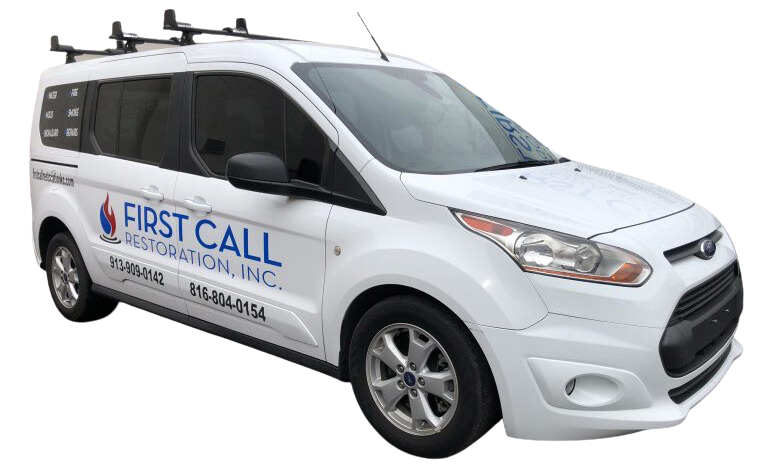
From Dan, Senior Damage Assessor at First Call Restoration
You’d be amazed how many fires start with a towel hanging off a chair.
Last August, I got a call in Lee’s Summit. Backyard grill party. Someone had tossed a dish towel over a patio chair right next to the grill. Wind picked up, towel caught fire, and in under a minute the flames had jumped to the plastic table, then the siding. By the time the fire department rolled up, they were hosing down half the back of the house.
People think if the flame’s small, it’s safe. But grills throw heat, and all it takes is one lightweight umbrella, cushion, or chair catching a breeze the wrong way. That’s why we tell folks to keep at least three feet of clear space around the grill. No furniture. No towels. No thinking, “it’ll be fine.”
I’ve seen enough to tell you… if it can melt, burn, or blow over, move it.
Top Hazards of Crowding the Grill
- Flammable Furniture Too Close
Plastic chairs, wicker tables, and hanging umbrellas catch fire fast when they’re nearopen flame or radiant heat. - Towels, Napkins, and Covers
A towel draped over a chair or grill handle can blow into the flame and ignite in seconds. - Vinyl and Synthetic Materials
Vinyl siding, cushions, and plastic accessories melt or burn quickly, releasing toxicsmoke and feeding the fire. - Outdoor Rugs and Mats
These smolder easily and can spread flame underfoot without being noticed right away. - Windy Conditions
A gust of wind can push flames or knock over light furniture, tipping it into the grill oracross the “burn zone.” - Too Much Clutter
Crowded patios give heat and flame more fuel. Keep at least three feet clear in alldirections around your grill.
Source: First Alert
Link: https://www.firstalert.com/us/en/safetycorner/grilling-safety-tips/




